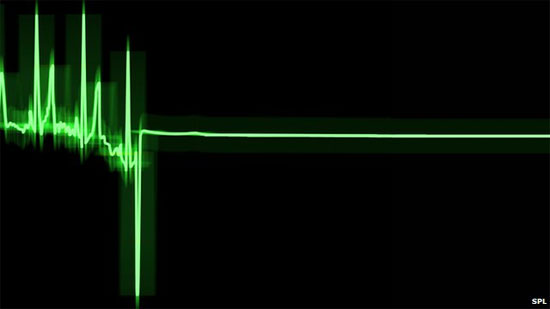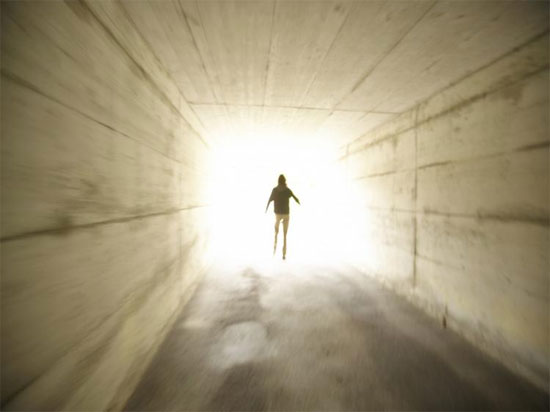Decode white light at death
The survey showed that a series of electroencephalic impulses arose in mice right after death, leading scientists to hypothesize that the near-death experience is very lively at death.

Brain waves rise higher than normal at death.(Photo: BBC)
Research by US scientists at the University of Michigan showed that brain waves in nine mice rose to high levels immediately after the heart stopped and indicated the ability of people to have a very high awakening state upon death.
Research leader Dr. Jimo Borjigin commented: 'Many people think that immediately after clinical death, brain is immobilized or poorly functioning but we prove that it is not so. It works more actively in a brief moment of death than when you are awake. '
In 30 seconds after the heart of the rat stopped beating, scientists found that mouse brain waves rose to extremely high frequencies called gamma vibrations . Such vibrations were once considered one of the features of the nervous system to reinforce the awakening in the human brain, especially as it helps to link information in different parts of the brain.

This finding reinforces the hypothesis that when death dies people see white light
The electrical impulse in the dying mouse brain is also higher than the level when they are awake and healthy. Dr. Borjigin said that this finding reinforces the hypothesis that when death occurs, the dead see white light because there is a basis that the visual cortex is strongly activated. He also noted that there has been an increase in gamma oscillation at the peak of the visual cortex of the mouse.
Dr. Chris Chamber at Cardiff University in England said: 'This is an interesting and right-handed study. We know too little about brain activity in death so this finding opens up new research directions on humans. However, we should be cautious before coming to conclusions because measuring rat brain activity when the heart stops is only one part of many other associations in near-death experience in humans. "
- Mysterious white light appears briefly on Mars
- Human experience when it comes to death
- Death star bends light
- Why the snow is white?
- Decode earthquake light phenomenon
- Decipher the dream when you are near death
- Decode the light on the shark's back
- Near-death experience through the insights of insiders
- Decode the mystery of light ghost play in Norway
- Human perception of clinical death
- Solution to the mysterious 2,000 years of Alexander the Great's death
- Decode the cause of a sudden death in Siberia
 'Fine laughs' - Scary and painful torture in ancient times
'Fine laughs' - Scary and painful torture in ancient times The sequence of numbers 142857 of the Egyptian pyramids is known as the strangest number in the world - Why?
The sequence of numbers 142857 of the Egyptian pyramids is known as the strangest number in the world - Why? History of the iron
History of the iron What is alum?
What is alum?